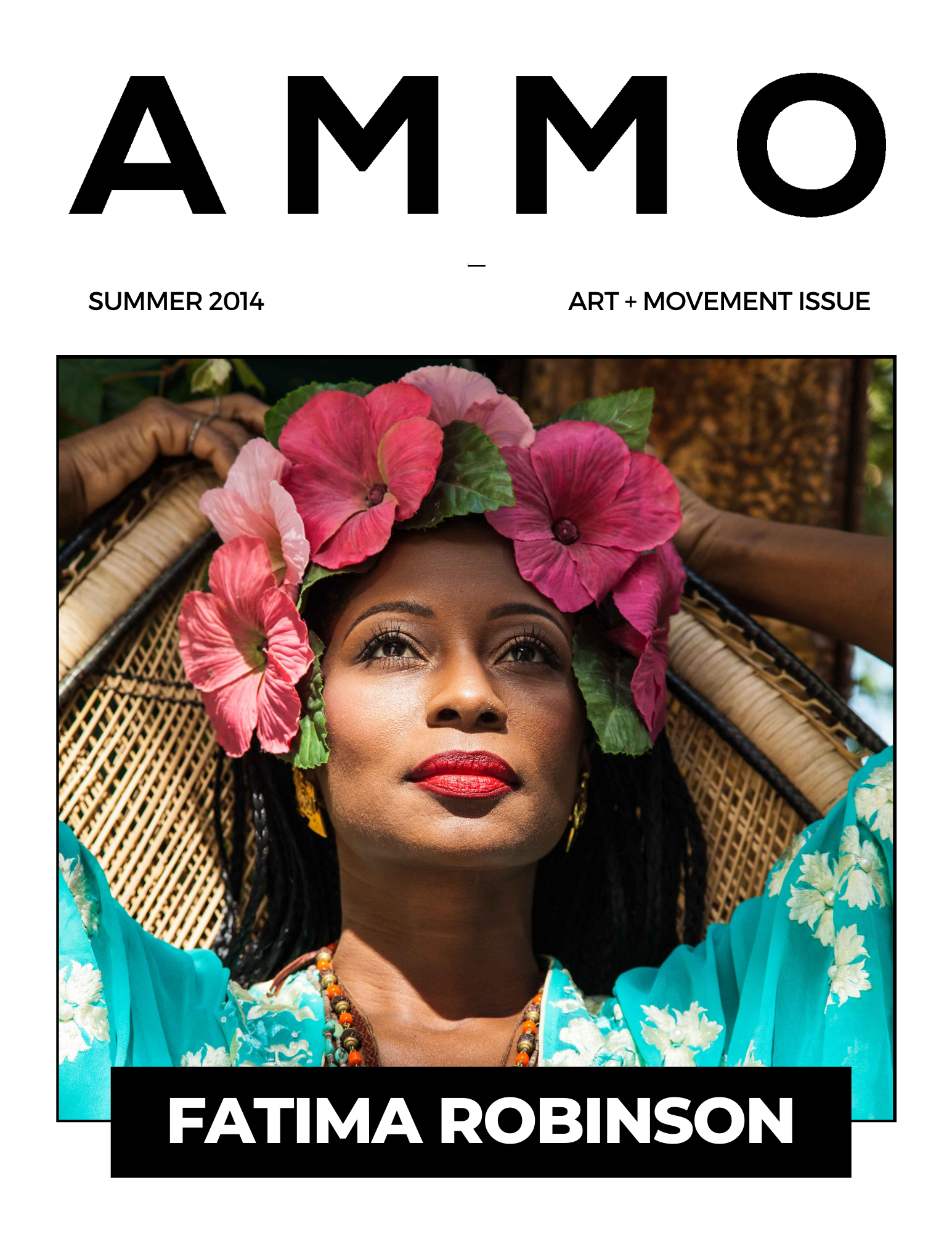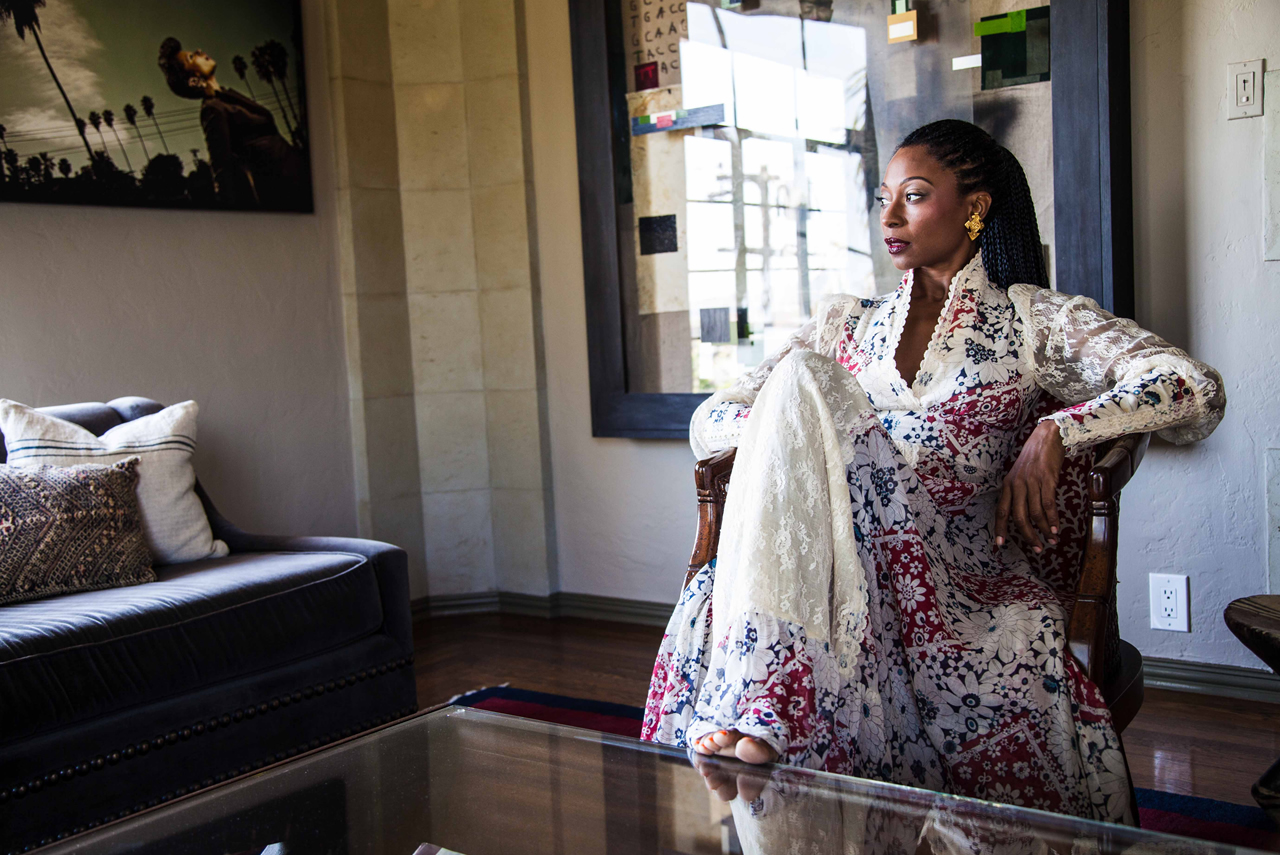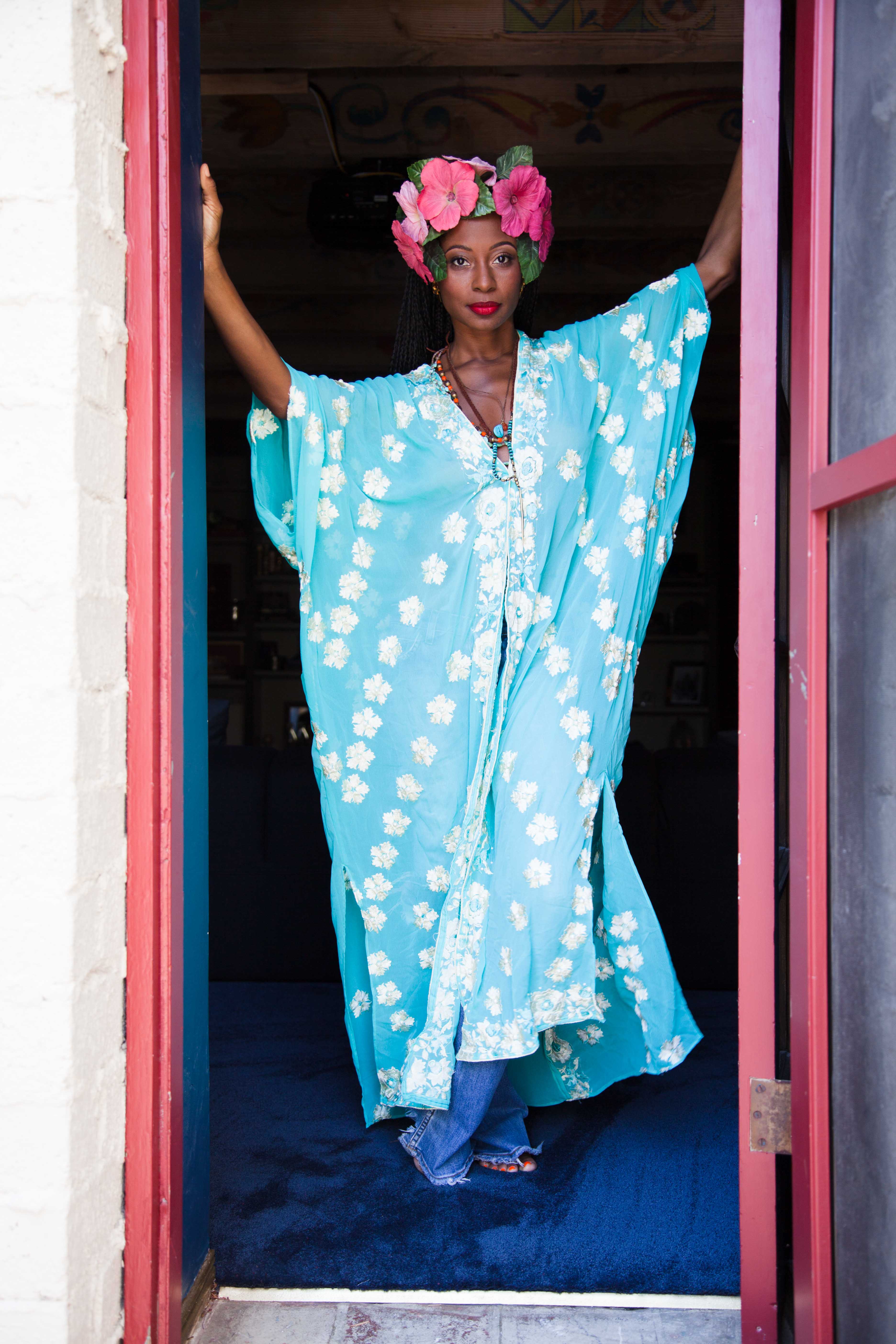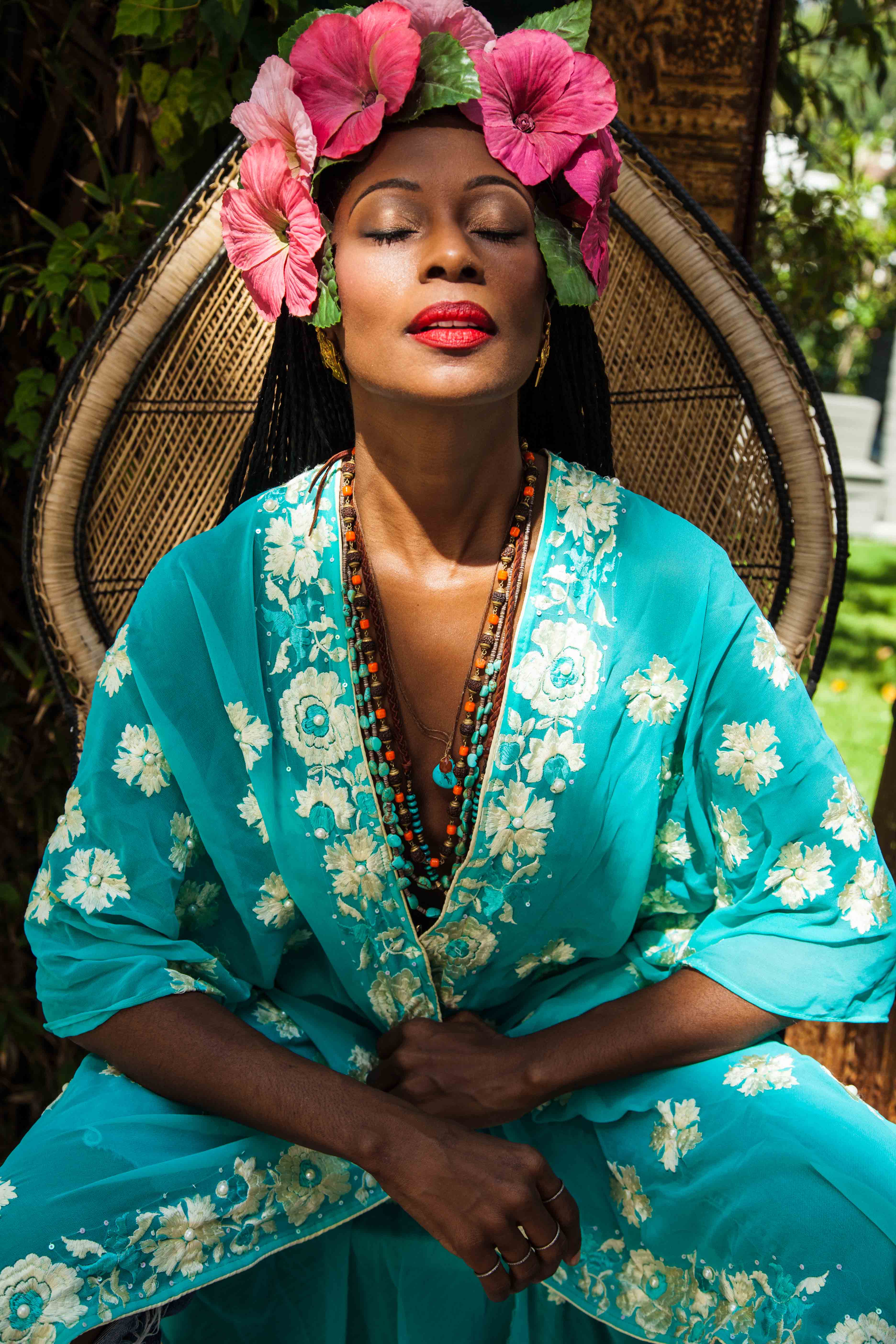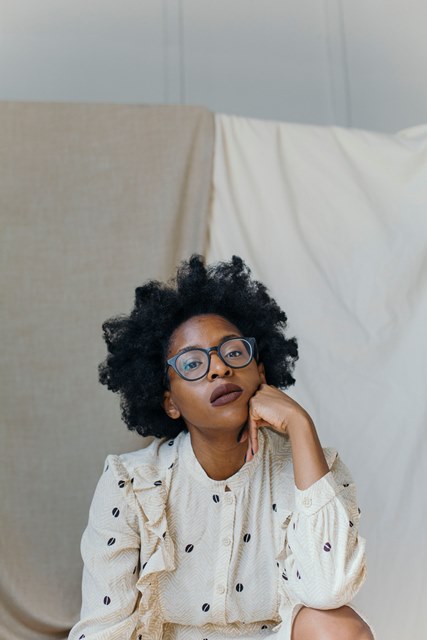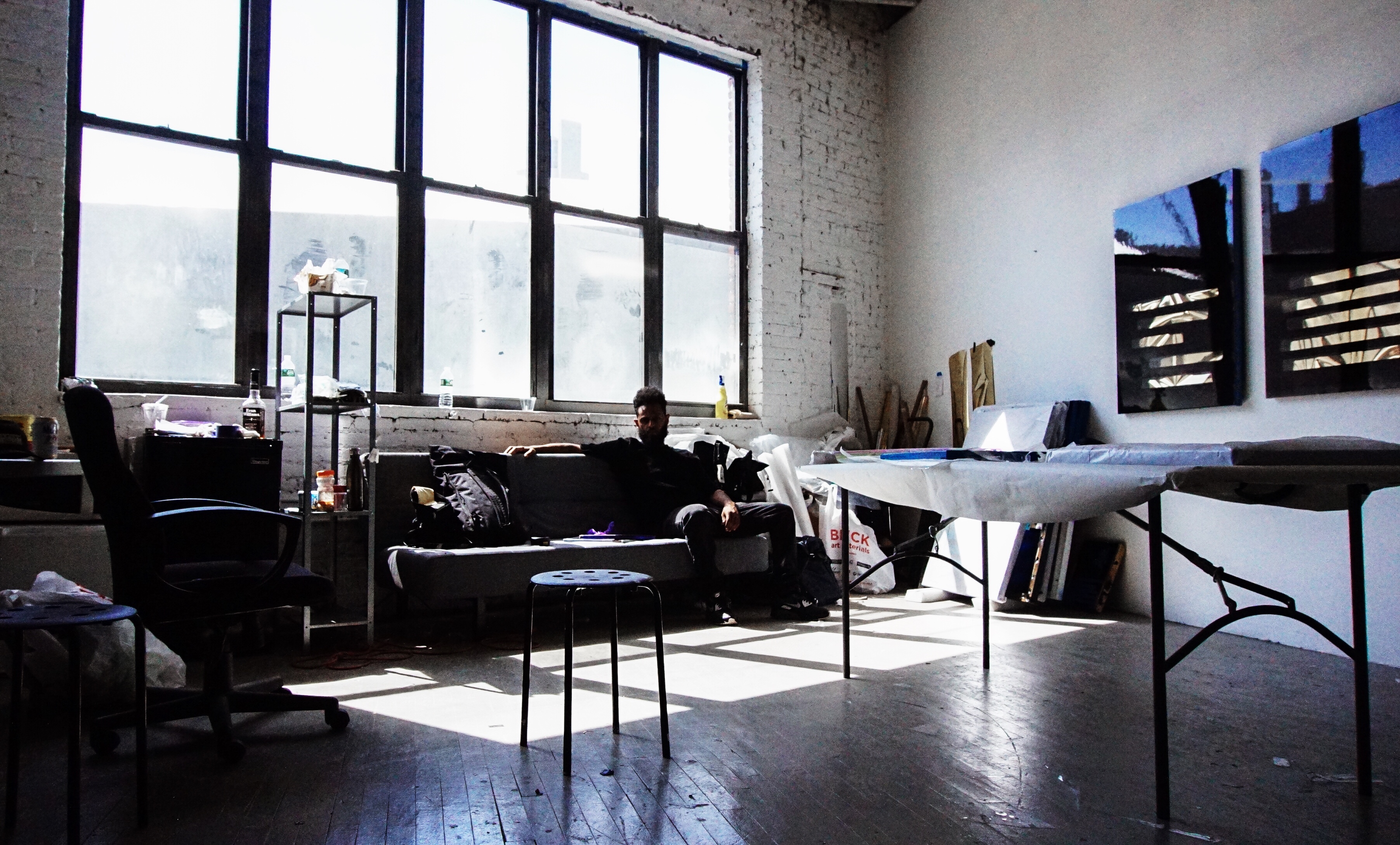 Fatima Robinson; a legend in her own right; has worked with some of the most iconic stars and has choreographed moves that most of us use to practice in front of the mirror in our impressionable adolescence. For AMMO’s Art + Movement issue, it only makes sense to feature Ms Robinson as our cover star as she’s been the motion behind so many historic moments in pop culture. She’s a leader in her craft and we sat down to discuss her path to greatness.
Fatima Robinson; a legend in her own right; has worked with some of the most iconic stars and has choreographed moves that most of us use to practice in front of the mirror in our impressionable adolescence. For AMMO’s Art + Movement issue, it only makes sense to feature Ms Robinson as our cover star as she’s been the motion behind so many historic moments in pop culture. She’s a leader in her craft and we sat down to discuss her path to greatness.
What was your earlier memory of dance and what made you fall in love with the craft?
Well when I was young I use to just dance all the time and so I would enter dance contests or whenever my mom would have guests over, I would make up routines and things so it kind of just starts from there. I didn’t have any real plans for the music business. I didn’t have any plans to like grow up and become a choreographer. I just kind of fell into it being at the right place at the right time.
While working on the choreography for Michael Jackson’s “Remember The Time;” how did you deal with the pressure of creating a masterpiece for a legend? Where did you find the inspiration at such a young age?
I mean, inspiration was all around me when I was hanging out in clubs dancing all the time. We just put the latest dances in the music video. There was pressure but there was also the responsibility of, you know, wanting to do a very good job and wanting this to be the best it could be. So I think when you are a perfectionist in that way you don’t tap into that kind of pressure. You just kind of keep moving forward and keep working on what’s gonna be and how you can achieve the best possible work. I think I feel like I have more pressure now than I had back then ‘cause back then I just had to dance and it was all that I loved to do. Now it’s turned into such a business; before it was getting in the room and being creative. So you do what you have to do. You step up or go home.
You touched on the point of how now dancing is such a business and because you started in a different compared to the technology driven age we’re in in 2014; how do you stay relevant in today’s era?
I don’t really try and be relevant; I just do what comes natural to me. When I get in the room with someone I never have any expectations and I definitely do my homework and stuff like that on people but I also get into the room and I try and pull everyone’s natural talent that they have our of them and I try and embellish on that. I think just my work speaks for itself and I like to stay current on what the latest steps are. I’m a child of hip hop from a child of, you know, club dance and street dance so I love to stay up on what’s new and popular but I don’t feel like I need to stay relevant or anything. Either you get me or you don’t.
Did you think you’d be this influential coming up?
There’s definitely work that I do that I’m especially proud of or that affects people in a way. Especially when I put together concerts or when I put together a show and watch 60,000 people jump or scream and applaud you know that’s very gratifying. So, you know, I can say I’m a part of what moves pop culture.
You’ve choreographed some of the most iconic music videos of a generation, including “Are You That Somebody” and “Rock the Boat” by Aaliyah. She was such a luminary – adored probably as much for her dancing as she was sonically. Did she serve as a muse for you?
I think we served as a muse for each other. I mean, she was just so amazing and I just loved working with her. When we would get up and dance together it was like synchronized swimming. She definitely could do my choreography, I feel like, the best and her music really inspired me and touched me. It was always a great experience working with her.
Who have been some of your other favorite artists?
I’m currently working with Pharrell who I love working with and I’ve known him for years so it’s great see his best now. And I loved working with Will Smith back in the day when he was doing all his musical stuff. We really had a good time. He’s really a good human being and you learn a lot from being around him. I’ve enjoyed doing stuff for people like the Black Eye Peas. I’ve known Will.I.Am since we were like 18 years old hanging in the club so it’s just great to see people equally successful. At the time when we just all so innocent and living out our dreams; it’s just great to see it all happen.
With record label budgets shrinking and the rise of viral-type videos, do you think the music video is dying?
I don’t think they’re as important anymore. I think they’re so many ways to get to music whereas before the only really way to debut a song was through a music video. But now there are so many ways for people to find your music. I don’t think they’re dying but they’re definitely not as important.
You have also done a lot of choreography, direction and creative direction for TV, commercials and movies. Tell us something we may not know about the major differences between working on TV/film projects versus music and music video projects?
Hmmm. I mean the obvious when you work on a film sometimes I’m just working on one scene so I’m brought in for a week or so just to accomplish that one scene. If it’s a musical [film] then I’m bought in for whole movie, it takes up quite a lot of my time to do that. TV is pretty quick. When I go in to work on TV, it’s normally like for a day or two for a scene. It’s really quick. Or if I’m doing someone for an award show, you know, we may rehearse three or four days and then go in and do it. It’s a big build up for the five minutes that that song is. And then when you’re doing commercials it’s a little different because you’re selling a product and so the dance has to help sell whatever it is you’re working on so you just have to take that in to consideration as you’re building the choreography. As you’re, you know, putting everything together; as you’re casting, as you’re working with the production designer, the agency. There are a lot of cooks in the kitchen when it comes to commercials. So it all just kind of, you know, every job is different and it depends on what you got going on.
Do you have a preference?
You know, I like doing it all!
What’s the first thing you do when preparing for a new project?
Yeah, there’s normally like a treatment. There’s normally a treatment you have to look at and of course play the music, or a script you have to read. There’s always kind of a direction that comes from the director so you really just do that and then depending on how many dancers it requires I’ll have to throw an audition to find the dancers. Then rehearsals; you keep collaborating with the director until you’ve got it right.
Is it true that you came up with the idea of having Janet Jackson wear box braids in Poetic Justice?
Well we were just hanging. John Singleton had us all hanging out with her so the she had more of a street feel to her and so in hanging out with her we gave her braids. She would just roll out to the clubs with us.
We would be remiss if we didn’t mention your incredible sense of style. You have even been featured in Italian Vogue. What labels do you love?
I love Rick Owens and Vivienne Westwood. I love just vintage clothes, vintage is what I really get excited about and I always mix my vintage with high end stuff.
What’s next for Fatima Robinson?
Just working with Pharrell and doing all his shows and award shows; stuff like that.
Interview by Ashley Williams and Anthony Mundle
Photography by Ashley Walker
Make Up by Somaly Kimbrough
AMMOtv by Jerome Shaw



